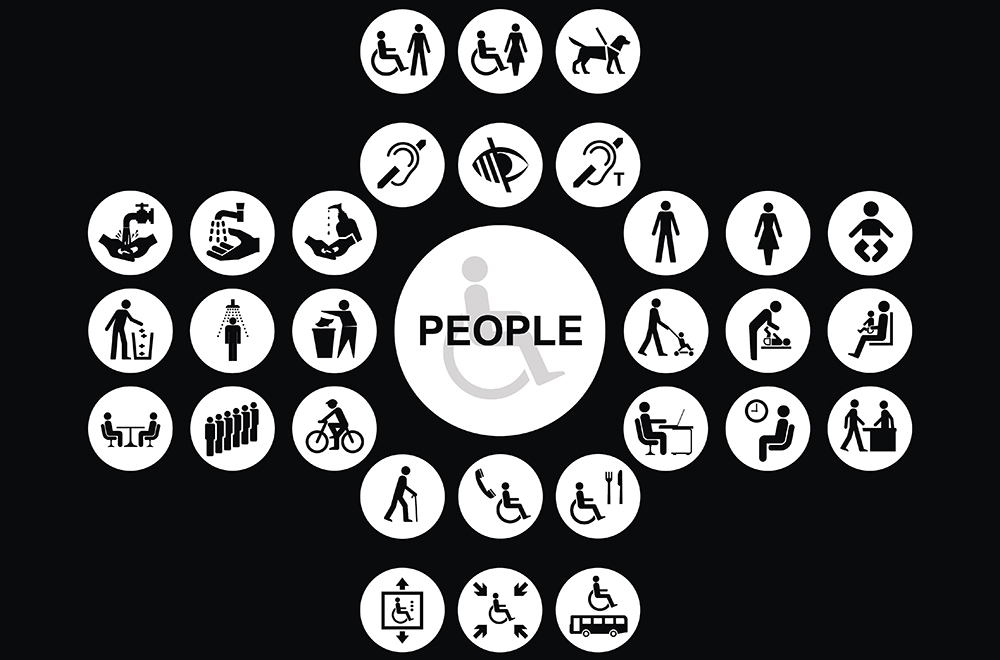Quality of service from the NDIS, work pressures and income security were hampering the delivery of disability services and supports according to a new report.
The national survey was carried out by a University of NSW research team and unions representing disability workers.
According to UNSW researchers Dr Georgia van Toorn and Dr Natasha Cortis, the report gave an insight into the workforce issues underpinning the problems currently seen in the disability sector, highlighted recently through the Disability Royal Commission.
“It’s great we are having a national conversation about whether the National Disability Insurance Scheme is achieving its intended goals, but since workers are key to the success of the NDIS, their concerns deserve more attention than they are currently getting,” Georgia van Toorn told F2L.
“Under the NDIS, workers are facing unprecedented levels of work intensification, low pay, casualisation and insecure work, unpaid hours and uncertainly about the timing and number of shifts they will receive in a given week. These issues profoundly affect the quality of services provided and the safety and wellbeing of NDIS participants,” she said.
According to Natasha Cortis, when the NDIS started to roll out many commentators thought its problems were transitional or ‘teething issues’. “This report shows the NDIS is continuing to operate in ways that are at odds with its person-centred ethos,” she told F2L.
“The report shows that many staff felt they have to work to employers KPIs above their client’s needs. Less than three in 10 feel that participants receive good quality services, and two thirds said they worry that clients don’t get what they need from the service system.
“It’s difficult to resolve these problems where the service system is designed around a market-based model with low employment regulation, where profiteering is a real risk. Extra resources are needed, but these should be carefully directed to support quality provision at the frontline. Workers could also play bigger roles in shaping the system and ensuring services are organised in ways that help them provide decent care,” Cortis said.
Many workers also reported a lack of access to training with a quarter of respondents receiving less than one day of training in the last 12 months. Many also report covering the costs of training themselves, or undertaking training out of paid time. While 80 per cent of respondents said they were paid for the time they spent in training, this was lower for workers in home-based care and support settings.
Around five per cent of disability workers used an online platform to obtain work, but these did not provide a major source of work. Seeking work through platforms could be a lengthy process which didn’t necessarily lead to work, or to shorter hours of work. Workers also commented on difficulties experienced when they sought to contact platforms to obtain information or support, along with high fees and risks in getting paid.
When it came to safety, 51 per cent of respondents agreed they received the training to do their work safely and were more confident about reporting safety issues and risks when they received one-on-one support from a supervisor.
Conclusions: Overall, the survey data highlights the way this feminised workforce carries much of the costs and risks of disability service provision. Many work tasks, which should be considered core to quality service delivery, are performed during workers’ unpaid time, and workers are under-supported through supervision and training, with many left to make decisions on their own about client care and support.
Workers were highly concerned about the quality of services under the NDIS, and the capacity of services to meet participants’ needs. In profiling workers’ perspectives and experiences, the data underlined the importance of involving workers in determining future directions for Australia’s disability service system and helping develop ways to ensure services for people with disability are the best they can be.

